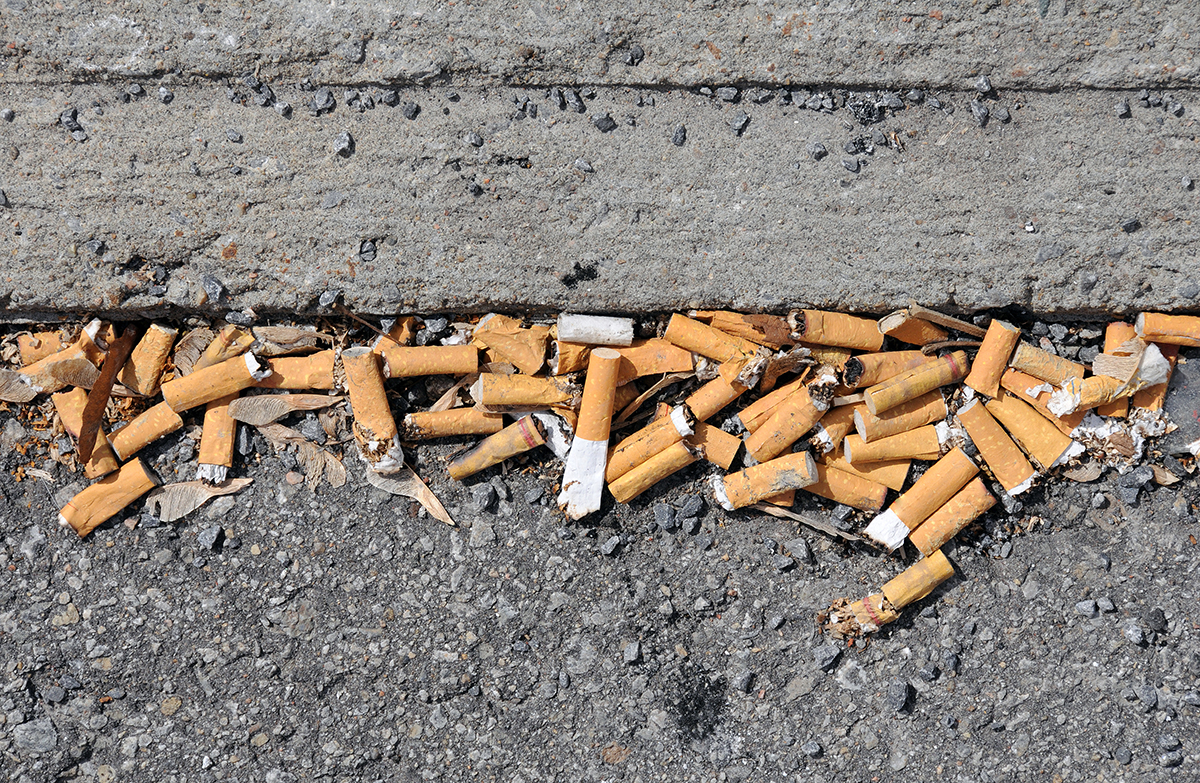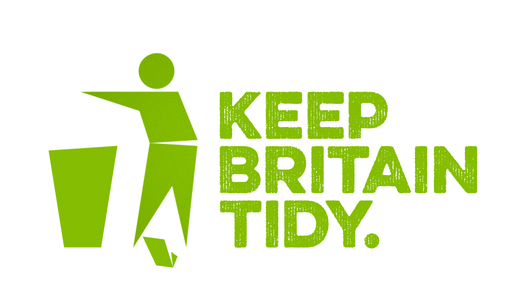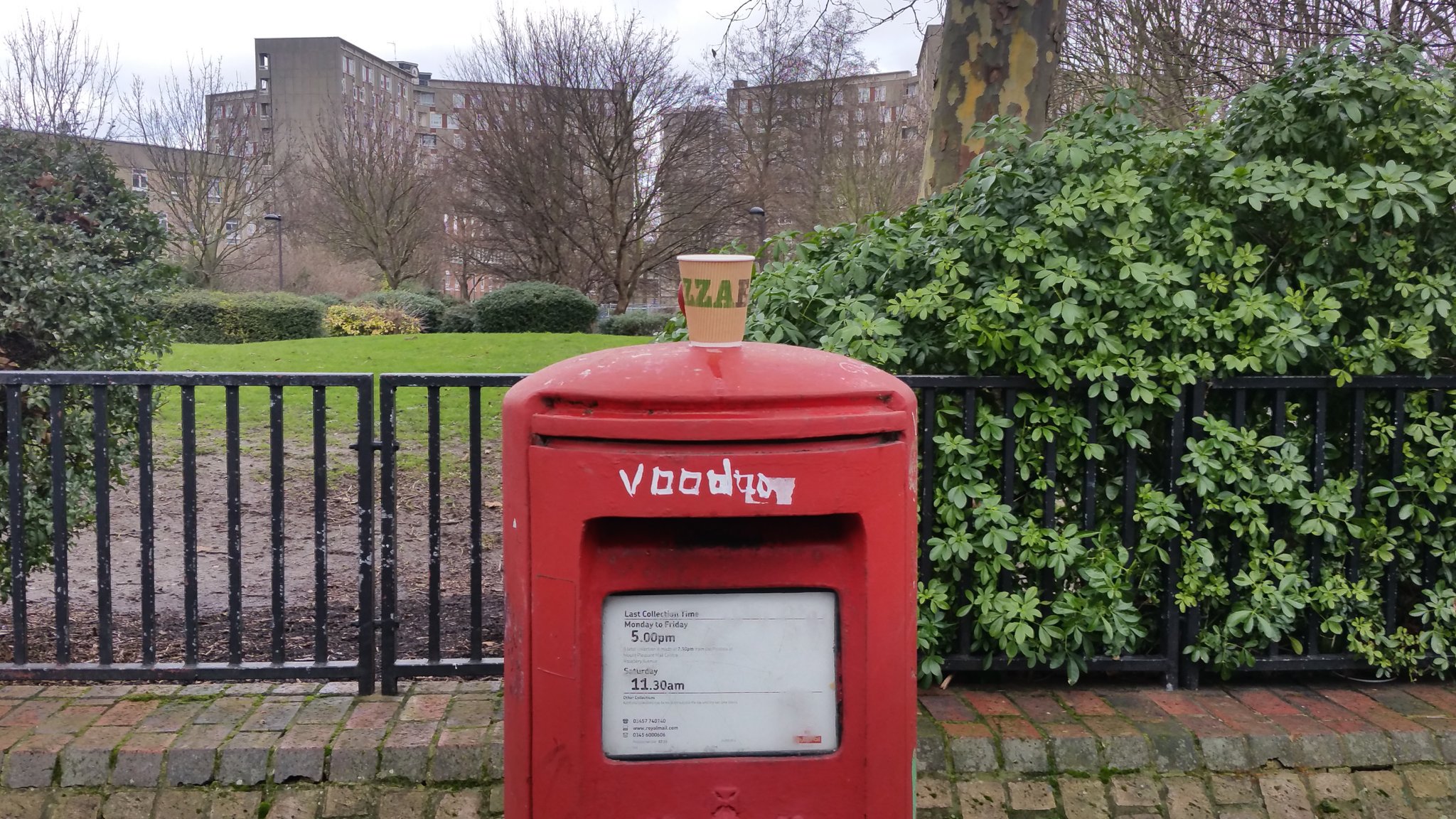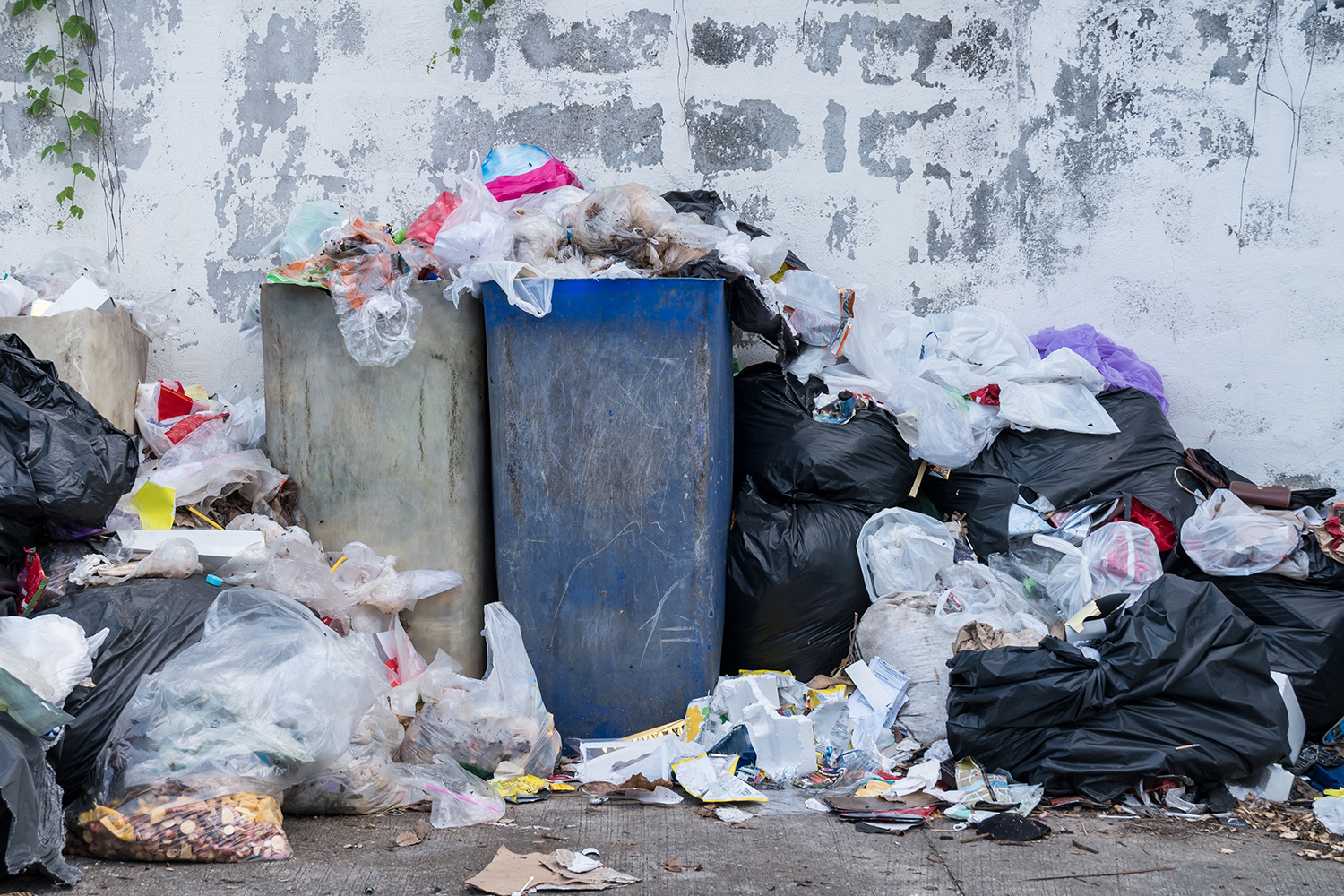
Survey reveals litter is on the increase
Today we reveal the results of our annual survey of the state of England’s streets and unfortunately it’s not great news, with the results showing that litter has increased since the survey was last carried out in 2014/15.
A total of 7,200 sites across the country were surveyed, with 14% found to be at an unacceptable standard for litter.
The most commonly littered item is cigarette butts, found on 79% of sites. The following three most littered items, all ‘food and drink on the go’ related, are confectionery packs (found on 60% of sites), soft drink bottles and cans (52%) and fast food related litter (33%).
The top ten most littered items are:
- Smoking related litter
- Confectionery packs
- Soft drink bottles and cans
- Fast-food related
- Alcoholic drinks bottles and cans
- Packaging
- Snack packs
- Vehicle parts
- Discarded food and drink
- Clothing
As well as being unsightly, litter is a serious social, economic and environmental issue. It causes harm to communities and wildlife, and in an era where local authorities’ budgets are coming under increasing pressure, costs over £1billion each year to clear up. Yet it is entirely preventable.
Keep Britain Tidy CEO, Allison Ogden-Newton said:
“In the past few decades we have become a society that consumes on the go, with all the packaging that goes along with it. If you buy something – be it a packet of crisps or a bottle of water – you buy the packaging as well and it is your responsibility to dispose of that packaging appropriately by recycling it or putting it in the bin. And, if we're not near a bin we need to keep that rubbish with us until we are. To do otherwise is not only against the law but it is also damaging to our environment.”
The survey results come after the recent launch of our ‘careful’ littering intervention to tackle ‘food and drink on the go’ related litter, and also as we are preparing to launch a new thought-provoking national campaign to tackle the country’s most littered item, cigarette butts, later this month.
If you would like to find out more the Local Environment Quality Survey of England 2017/18 is now available to download.
Download the report







